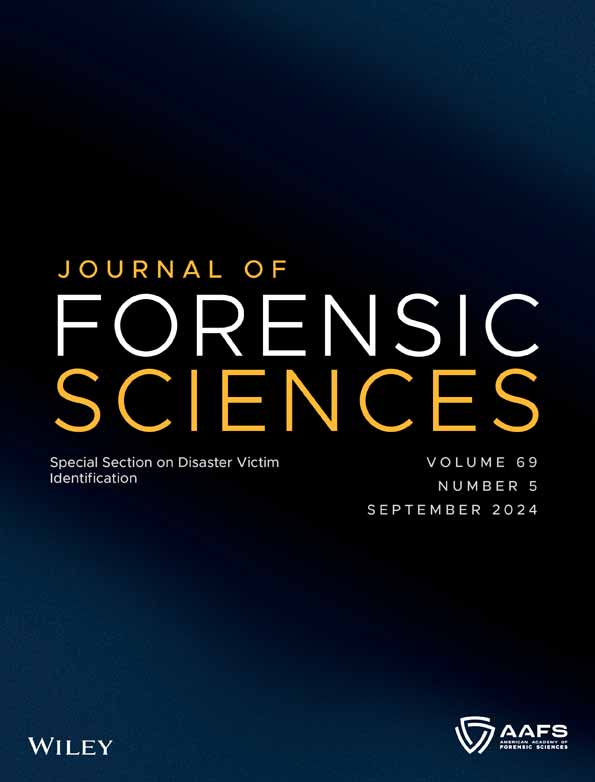Temperature and pH-dependent stability of fentanyl analogs: Degradation pathways and potential biomarkers
Presented at the 75th Annual Scientific Conference of the American Academy of Forensic Sciences, February 13–18, 2023, in Orlando, FL.
Abstract
The collection, storage, and transport of samples prior to and during analysis is of utmost importance, especially for highly potent analogs that may not be present in high concentrations and are susceptible to pH or thermally mediated degradation. An accelerated stability study was performed on 17 fentanyl analogs (fentalogs) over a wide range of pH (2–10) and temperature (20–60°C) conditions over 24 h. Dilute aqueous systems were used to investigate temperature and pH-dependent kinetics using liquid chromatography–tandem mass spectrometry (LC–MS/MS). Liquid chromatography-quadrupole/time-of-flight-mass spectrometry (LC-Q/TOF–MS) was used for structural elucidation of degradants. With the exception of remifentanil, all fentalogs evaluated were stable at pH 6 or lower. Fentalogs were generally unstable in strongly alkaline environments and at elevated temperatures. Remifentanil was the least stable drug and N-dealkylated fentalogs were the most stable. Fentanyl degraded to acetylfentanyl, norfentanyl, fentanyl N-oxide, and 1-phenethylpyridinium salt (1-PEP). A total of 26 unique breakdown products were observed for 15 of the fentanyl derivatives studied. Common degradation pathways involved N-dealkylation, oxidation of the piperidine nitrogen, and β-elimination of N-phenylpropanamide followed by oxidation/dehydration of the piperidine ring. Ester and amide hydrolysis, demethylation at the propanamide, and O-demethylation were observed for selected fentalogs only. The potential for analyte loss should be considered during the pre-analytical phase (i.e., shipping and transport) where environmental conditions may not be controlled, as well as during the analysis itself.
CONFLICT OF INTEREST STATEMENT
The authors have no conflicts of interest to report.




